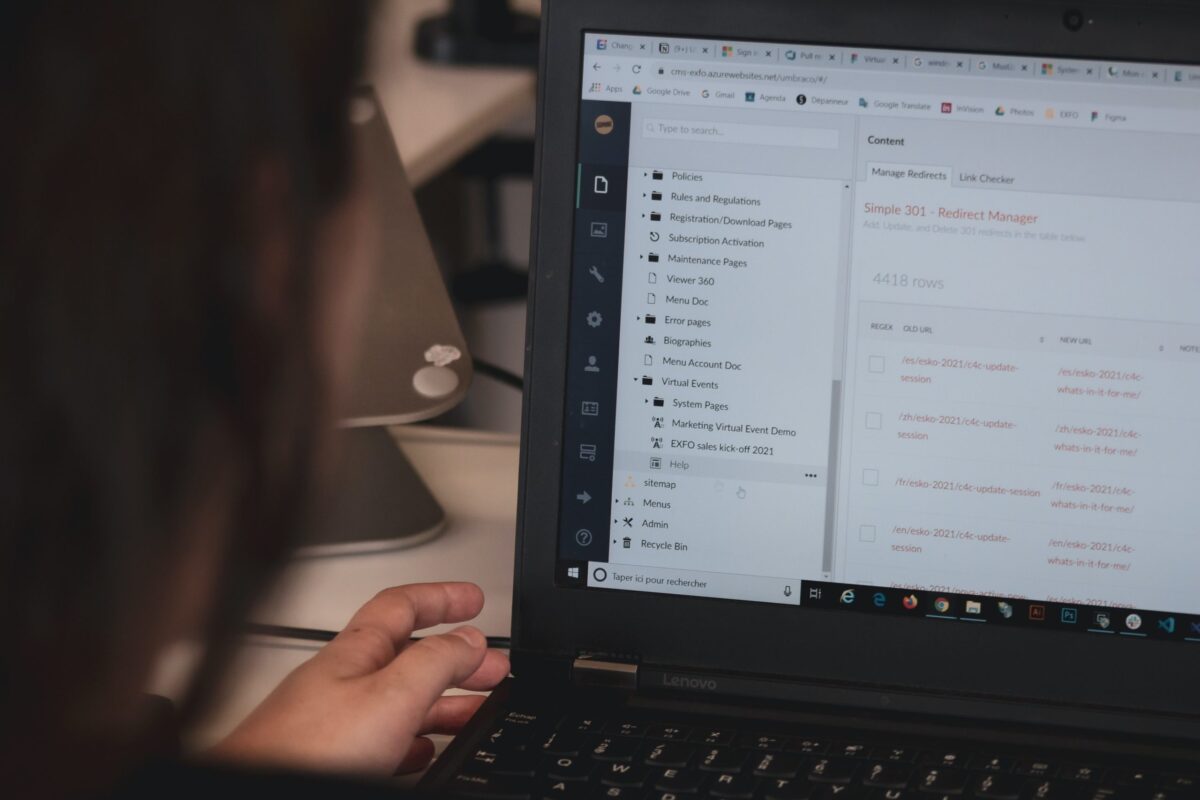

In this six-part series I am going to address five pillars for creating a high performance security team. we are starting at a high level in this article and then each week I will go into more detail on another pillar.
Because cybersecurity professionals face a lot of adversity and burnout it is incredibly important for their leadership to understand what it takes to create a high performance security team.
If you are the type of leader who is striving to make big things happen for your organization, protect your organization’s data, and possibly create a competitive advantage through security, a high performance security team is the answer. If you are reading this and you don’t have a security team at all, then forming one or bringing in security consultants is the place to start. As you build that team you can incorporate the lessons from this series in order to build a high performance team from the ground up.
High performance teams in general get more done with less effort and with better results. They have less drama and more creative ideas. A High performance security team is one of the cornerstones of your competitive advantage because when you have rock star security talent that isn’t going to leave, you have something your competition probably does not, which puts you in a leading position.
You are probably intimately familiar with teams that are not high performing from your own experiences throughout your career and so am I, that is why I wrote The Corporate Detox. Therefore let’s dive right into the signs of a high performance team because so you can start focusing on what you want vs. focusing on what you don’t want.
The signs you have a high performance team:
- Team members genuinely like spending time together and trust each other
- Everyone is working towards a shared goal and vision
- Projects are completed on time and on (or under) budget
- Assigned roles are based on individuals strengths and interests
- Team members communicate with each other and with you (their leader)
- Everyone talks about what is working and what isn’t working
- During brainstorming sessions no idea is ridiculed
- Everyone is encouraged to participate in discussions
- Feedback is provided in real time and in a constructive way
- There is no finger pointing or blame when things don’t go as planned
- Roles and accountability are openly discussed
- No one is “just hanging in there” and counting down the days until Friday
If your security team is missing some of these signs, it’s okay, you can turn it around, and I’m going to provide you a roadmap to do this. In this series, each article will discuss one of the five pillars of not just high-performance teams, but EPICC high performance teams:
EPICC Teams are Engaged, Productive, Have Integrity, Collaborate and Communicate.
Now between reading this and next week’s article, I encourage you to conduct a review of your current security team. How many of the signs that I described in the above checklist can you say your team embodies? How many need a little work? How many are non-existent? Don’t pad your answers; be honest because this will help you focus on what you want. When you see areas that you are not happy with you will better know what changes you need to make.
Sometimes it’s easier to identify what you don’t want in order to more clearly identify and define what you do want. In looking ahead to next week’s article in which we will discuss the first pillar, Engagement, start to think about the times you have been most engaged and the times you have been least engaged at work.
In the meantime you can always reach out to me at sharon@c-suiteresults.com to discuss this topic, security teams, or security strategy. If you enjoy podcasts you can listen to C-Suite Results Radio to tap into the wisdom of other successful business people who know the path you’re traveling.


















